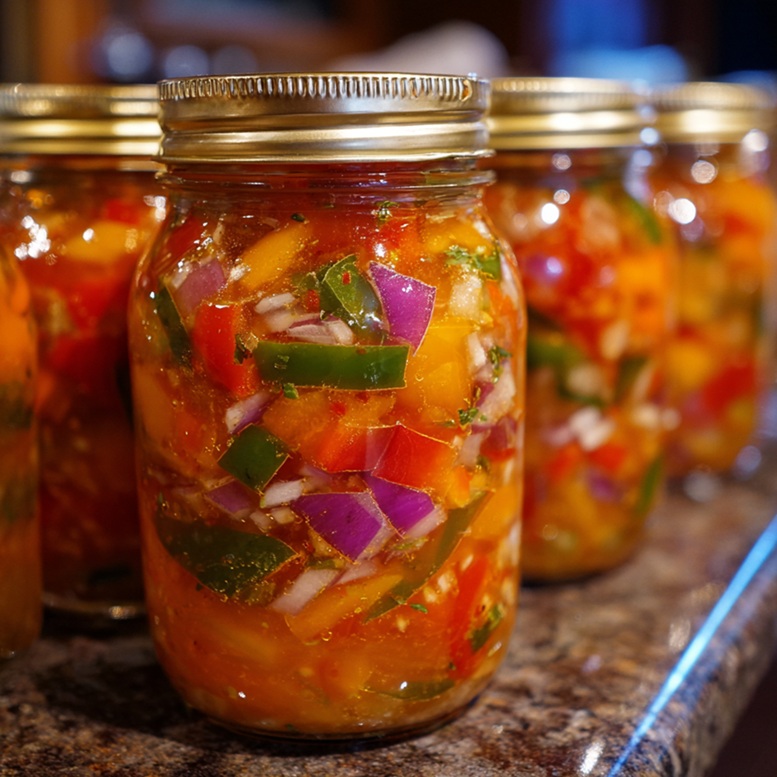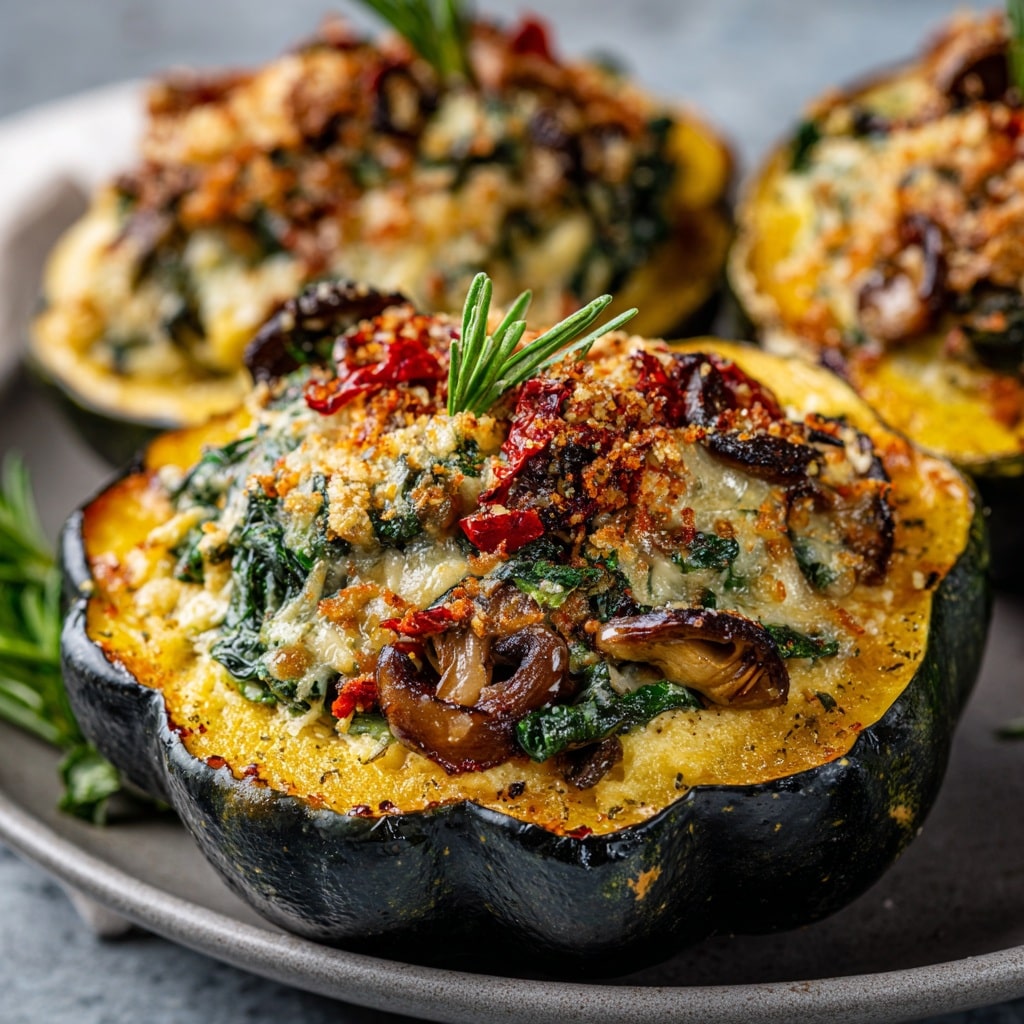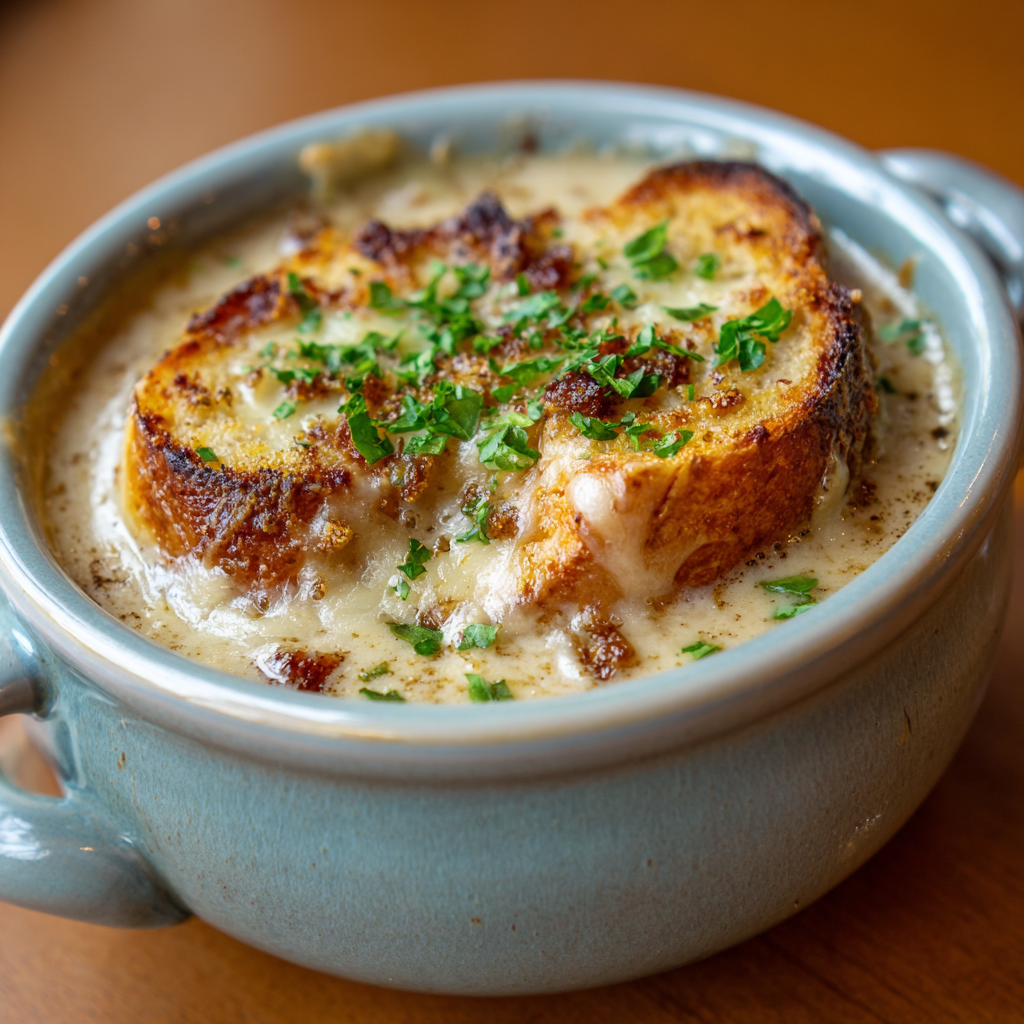Introduction to Pickled Pepper and Onion Relish
What Makes It a Kitchen Favorite?
There’s something about pickled pepper and onion relish that makes it impossible to ignore. It’s that burst of sharp, tangy, and sweet flavor that jumps out the moment it hits your tongue. Unlike plain condiments that either sit in the background or overpower a dish, this relish strikes a unique balance. It enhances food rather than dominating it, which is why it has quietly made its way into the hearts—and refrigerators—of home cooks and chefs alike.
The real charm of this relish lies in its simplicity. With just a few ingredients—peppers, onions, vinegar, sugar, and spices—you get a condiment that’s anything but basic. It’s not just an accessory to grilled meats or cheese platters; it’s a defining ingredient. A spoonful can completely transform a plain burger, give complexity to a taco, or even add crunch and brightness to an egg salad sandwich.
In today’s cooking landscape, where flavor layering is everything, pickled pepper and onion relish stands tall as a must-have. People are no longer satisfied with bland meals, and this relish delivers that extra punch without requiring much effort. You don’t need to be a culinary expert to appreciate it—or to make it. Even the most novice home cook can master this recipe and bring something truly gourmet to the table.
Beyond taste, it also offers practicality. The pickling process acts as a natural preservative, which means you can batch-make it and keep it on hand for weeks or even months. That kind of convenience paired with flavor is rare, and that’s why this relish continues to grow in popularity.
History and Cultural Significance
The Global Origins of Pickling
Pickling is far from a modern trend—it’s a technique that dates back over 4,000 years. Ancient civilizations from Mesopotamia to Egypt used pickling as a way to preserve perishable foods before the age of refrigeration. Vegetables, fruits, and even fish were soaked in vinegar or brine, not only to extend shelf life but also to make food more flavorful and easier to store during long travels or harsh winters.
This method found its way across continents, evolving with every culture. In Eastern Europe, pickled vegetables like cucumbers and cabbage are staples. In India, spicy pickled vegetables (achar) are essential parts of every meal. Even in Korea, fermented pickles like kimchi form the backbone of their culinary identity. Somewhere along the way, the idea of blending peppers and onions into a relish form emerged—a fusion likely influenced by global spice routes and colonial trade.
The peppers likely originated from Central natural preservative, which means you can batch-make it and keep it on hand for weeks or even months. That kind of convenience paired with flavor is rare, and that’s why this relish continues to grow in popularity.
History and Cultural Significance
The Global Origins of Pickling
Pickling is far from a modern trend—it’s a technique that dates back over 4,000 years. Ancient civilizations from Mesopotamia to Egypt used pickling as a way to preserve perishable foods before the age of refrigeration. Vegetables, fruits, and even fish were soaked in vinegar or brine, not only to extend shelf life but also to make food more flavorful and easier to store during long travels or harsh winters.
This method found its way across continents, evolving with every culture. In Eastern Europe, pickled vegetables like cucumbers and cabbage are staples. In India, spicy pickled vegetables (achar) are essential parts of every meal. Even in Korea, fermented pickles like kimchi form the backbone of their culinary identity. Somewhere along the way, the idea of blending peppers and onions into a relish form emerged—a fusion likely influenced by global spice routes and colonial trade.
The peppers likely originated from Central and South America, where indigenous communities cultivated them long before European contact. Onions have been cultivated since ancient times, found in Egyptian tombs and Greek markets. When you combine the global journey of both ingredients with the preservation technique of pickling, you end up with something universal—yet uniquely personal to every region and kitchen.
This global ancestry is part of what makes pickled pepper and onion relish so special. It’s not just a condiment—it’s a result of centuries of culinary evolution. It bridges cultures and generations, representing both tradition and innovation. It brings together humble garden vegetables and ancient wisdom in a jar full of punchy, delicious complexity.
📌 Save This Recipe!
Love this recipe? Don’t forget to pin it to your favorite board so you can make it later!
Key Benefits of Pickled Pepper and Onion Relish
Flavor Enhancement in Everyday Cooking
Let’s be honest—some meals just feel incomplete without a little zing. You might have a perfectly cooked piece of chicken or a beautifully toasted sandwich, but it still needs that one finishing touch. That’s where pickled pepper and onion relish comes in. With its balance of acid, sweetness, and heat, it elevates even the simplest meals.
It’s like having a secret weapon in your fridge. When you’re not sure what’s missing from your dinner, a spoonful of this relish often does the trick. It cuts through richness, balances fat, and even brightens up earthy or savory dishes. It’s why chefs love using pickles and relishes in high-end kitchens—they add dimension without complicating the dish.
Moreover, this relish isn’t limited to just savory dishes. Some foodies pair it with cheese boards or even drizzle it on roasted root vegetables for a sweet-and-sour twist. It fits right in with modern flavor trends that favor contrast and balance. Just like how a splash of lemon can lift a dish, this relish acts as a multi-dimensional flavor boost.
Choosing the Right Ingredients
Selecting the Best Peppers
When making pickled pepper and onion relish, not all peppers are created equal. The type of pepper you choose will define the heat level, sweetness, and color of your final product. Red bell peppers are a favorite—they’re sweet, vibrant, and have zero heat. They give your relish a rich red hue and a mellow, fruity sweetness.
For those who like a bit of spice, jalapeños, serranos, or even banana peppers can be added to the mix. Want to take it up a notch? Try habaneros—but use them sparingly. The goal is balance, not a five-alarm fire in your mouth.
Freshness is key. Peppers should be firm, glossy, and free of wrinkles or soft spots. Organic peppers, when available, often offer better flavor and fewer pesticide residues. Try mixing colors—red, yellow, orange, and green—for a relish that’s not just tasty but visually stunning too.
Once you’ve nailed the peppers, you’re already halfway to making a stellar relish. Just remember: the pepper sets the tone. Sweet and mild for balance, hot for kick, and colorful for that Instagram-worthy final jar.
Print
Pickled Pepper and Onion Relish
Discover the bold and zesty flavor of Pickled Pepper and Onion Relish, a vibrant homemade condiment that adds a tangy twist to any dish. Packed with sweet, spicy, and sour notes, this relish enhances burgers, tacos, sandwiches, and more. Learn its rich history, health benefits, recipe tips, and creative ways to use it in everyday cooking. Perfect for food lovers, home cooks, and anyone looking to elevate their meals with a fresh, flavorful touch.
- Total Time: 35
Ingredients
-
2 cups red bell peppers (finely chopped)
-
1 cup green bell peppers (finely chopped)
-
1 cup onions (finely chopped; red or sweet yellow onions work best)
-
1 ½ cups white vinegar (or apple cider vinegar for a fruitier flavor)
-
¾ cup granulated sugar (adjust to taste)
-
1 tablespoon salt (preferably non-iodized like kosher salt)
-
1 teaspoon mustard seeds
-
½ teaspoon celery seeds (optional but adds depth)
-
2 cloves garlic (minced)
-
¼ teaspoon turmeric (for color and earthy flavor)
-
1 jalapeño or chili pepper (optional for added heat, finely chopped)
-
Water as needed (for adjusting texture during cooking)
Instructions
-
Prepare the Vegetables
-
Wash all the peppers and onions thoroughly.
-
Finely chop the red and green bell peppers, onions, and optional chili or jalapeño.
-
Mince the garlic cloves.
-
For a finer texture, you can pulse everything in a food processor, but be careful not to puree.
-
-
Cook the Relish Mixture
-
In a large non-reactive saucepan (stainless steel or enamel-coated), combine the chopped peppers, onions, garlic, vinegar, sugar, salt, mustard seeds, celery seeds, and turmeric.
-
Stir the mixture well and bring it to a boil over medium-high heat.
-
Once boiling, reduce the heat to low and let it simmer for 25–30 minutes, stirring occasionally.
-
If the mixture gets too thick, add a splash of water to maintain a saucy consistency.
-
-
Taste and Adjust
-
Taste the relish while it simmers. If you prefer it sweeter, add a bit more sugar. Want it tangier? Add a splash of vinegar.
-
Adjust seasoning as needed—this is where you can add more spice or herbs.
-
-
Sterilize Your Jars (If Canning)
-
While the relish is cooking, sterilize your jars and lids by boiling them in water for 10 minutes or running them through a hot dishwasher cycle.
-
-
Jar the Relish
-
Once the relish has thickened and the flavors are balanced, carefully ladle it into hot, sterilized jars, leaving about ½ inch of headspace.
-
Wipe the rims clean, apply the lids, and screw on the bands until fingertip tight.
-
-
Seal and Store
-
If you’re canning, process the jars in a boiling water bath for 10 minutes.
-
Let the jars cool at room temperature. You’ll hear a “pop” when they seal.
-
Store sealed jars in a cool, dark place. Refrigerate after opening.
-
-
Refrigeration Only Option
-
If you’re not canning, allow the relish to cool, then transfer to clean jars and refrigerate.
-
Let the relish sit for at least 24 hours before using to let flavors meld.
-
Notes
-
Use a mix of sweet bell peppers and hot peppers for balance.
-
Red onions add color; white/yellow for sharper flavor.
-
Apple cider vinegar gives depth; white vinegar for a cleaner taste.
-
Standard brine: 1 part vinegar : 1 part water : ½ part sugar.
-
Add-ins: mustard seed, celery seed, garlic, turmeric, bay leaf.
-
Slice vegetables thin and uniform.
-
Optional: blanch veggies briefly to soften.
-
Always use non-iodized salt (pickling or kosher).
-
Refrigerate for short-term use; can for shelf storage (10–15 min water bath).
-
Let sit 1–2 days for best flavor.
-
Use as topping for burgers, hot dogs, sandwiches, or grilled meats.
-
Customize: roasted peppers or smoked paprika for smoky flavor.
- Prep Time: 5–10 minutes
- Cook Time: 10–25





